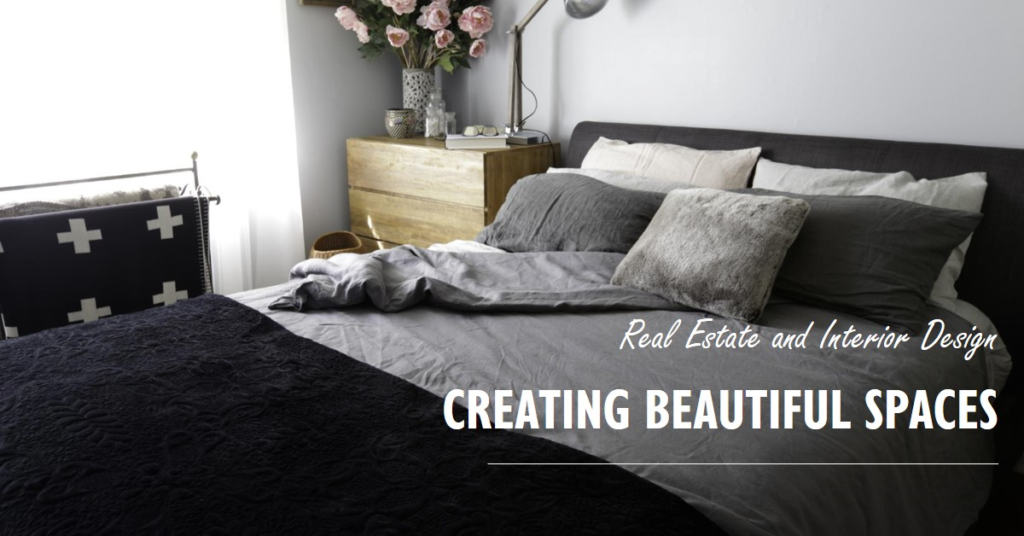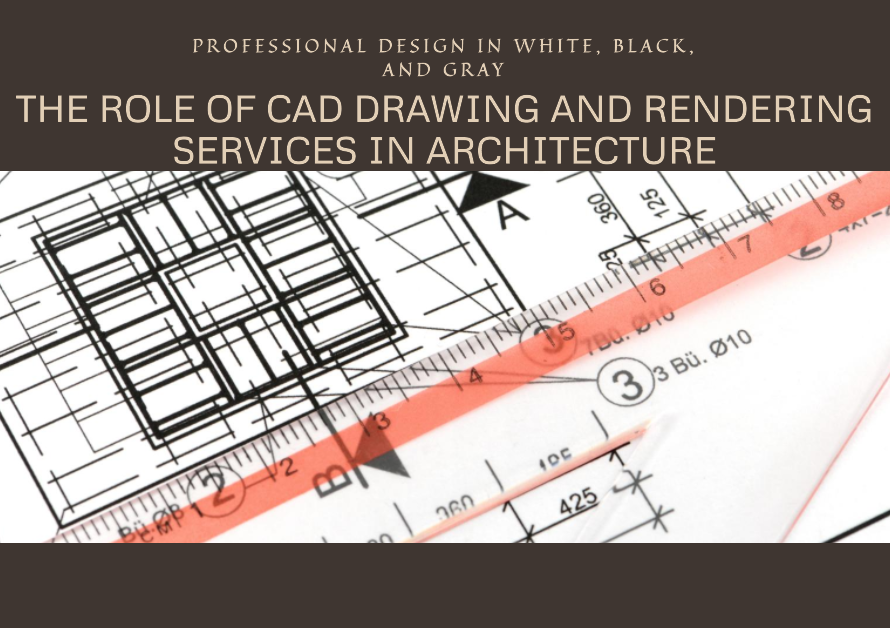
Table of Contents
Introduction: Real Estate
In the realm of real estate, there exists a symbiotic relationship between the physical structure of a property and its interior design. Together, they weave a narrative, painting a picture of a lifestyle and setting the stage for memorable experiences. In this article, we delve into the intricacies of this relationship, exploring how real estate and interior design converge to create captivating and inspiring spaces that evoke emotion and foster connection.
Understanding the Importance of Interior Design:
Interior design is more than just aesthetics; it is the art of enhancing the functionality and livability of a space while infusing it with personality and style. A well-designed interior can elevate the value of a property, enticing potential buyers or renters with its allure and charm. From the layout of furniture to the selection of colors and textures, every aspect is carefully curated to evoke a desired ambiance and cater to the needs of its inhabitants.
Maximizing Space Utilization:
One of the key principles of interior design is maximizing space utilization, especially in the context of real estate where square footage comes at a premium. Clever storage solutions, multifunctional furniture, and strategic layout planning can transform even the most compact of spaces into functional and inviting environments. By optimizing every square inch, designers can create a sense of spaciousness and openness, enhancing the overall appeal of the property.
Creating Cohesive Design Schemes:
A cohesive design scheme is essential for creating harmonious and visually appealing interiors. This involves selecting elements that complement one another in terms of style, color, and texture, creating a unified aesthetic throughout the space. Whether it’s a contemporary condo or a historic home, the design scheme should reflect the architectural style of the property while infusing it with modern touches and personal flair.
Balancing Form and Function:
In the realm of real estate and interior design, striking a balance between form and function is paramount. While aesthetics play a crucial role in capturing attention and creating ambiance, functionality is equally important for ensuring that the space meets the needs of its occupants. Design elements should not only look good but also serve a practical purpose, enhancing the overall livability and usability of the property.


Incorporating Sustainable Design Practices:
As environmental consciousness continues to grow, so too does the importance of sustainable design practices in real estate and interior design. From energy-efficient appliances to eco-friendly materials, there are numerous ways to reduce the carbon footprint of a property while still maintaining style and functionality. By incorporating sustainable design principles, designers can create spaces that not only look good but also promote environmental responsibility.
Embracing Technology:
Technology has become an integral part of modern living, and its integration into real estate and interior design is no exception. Smart home systems, automated lighting, and integrated entertainment systems are just a few examples of how technology can enhance the functionality and convenience of a property. By embracing technological advancements, designers can create spaces that are not only beautiful but also highly efficient and intuitive to use.
Personalizing Spaces:
At the heart of interior design lies the ability to personalize spaces, infusing them with the unique tastes and preferences of their inhabitants. Whether it’s through custom furniture pieces, curated artwork, or personal mementos, incorporating personal touches adds depth and character to a space, transforming it from a mere structure into a true home. By working closely with clients to understand their needs and desires, designers can create spaces that are as unique and individual as the people who inhabit them.
Conclusion:
In the dynamic world of real estate and interior design, the creation of beautiful spaces is both an art and a science. By understanding the symbiotic relationship between these two disciplines and employing thoughtful design principles, designers can transform properties into havens of style, comfort, and functionality. From maximizing space utilization to embracing technology and sustainability, the possibilities for creating captivating interiors are endless. As we continue to evolve and innovate, the intersection of real estate and interior design will undoubtedly yield even more breathtaking spaces for generations to come.


